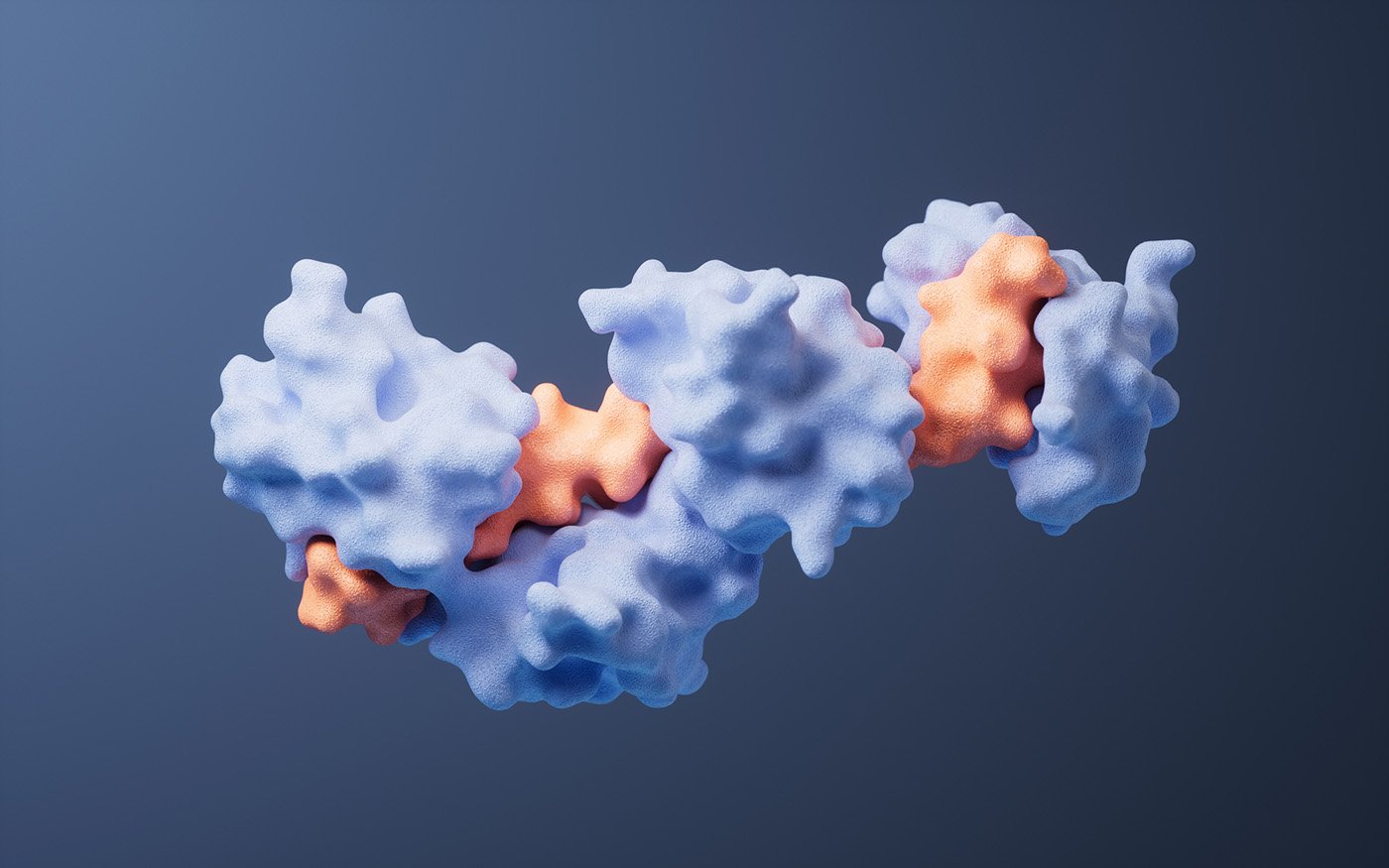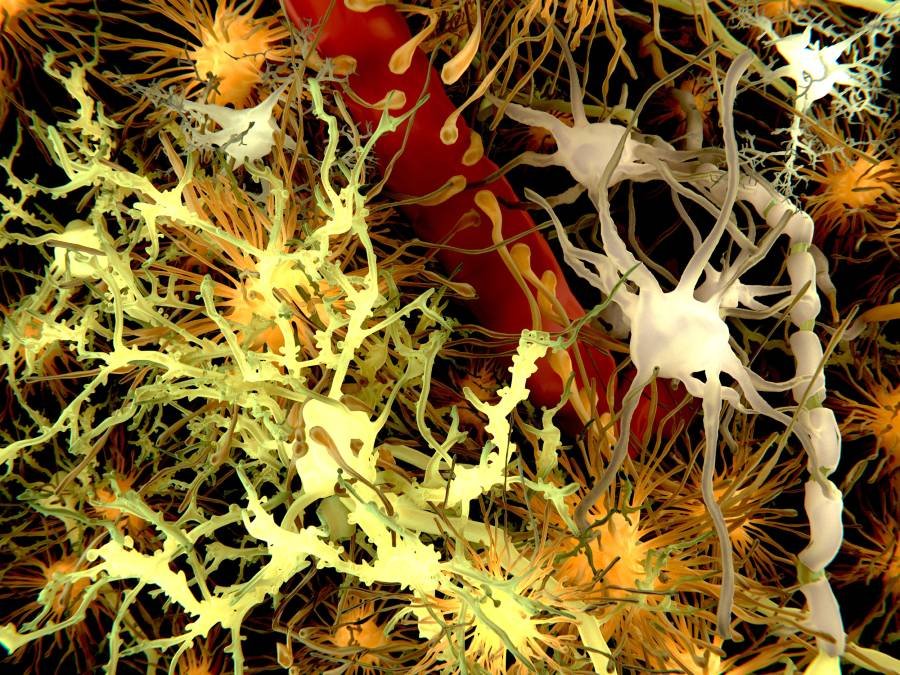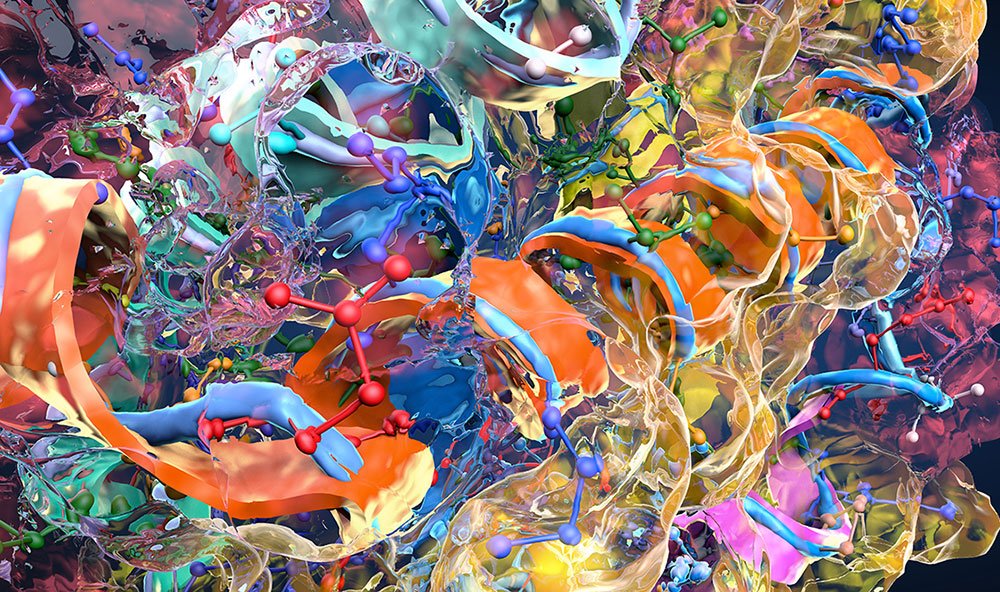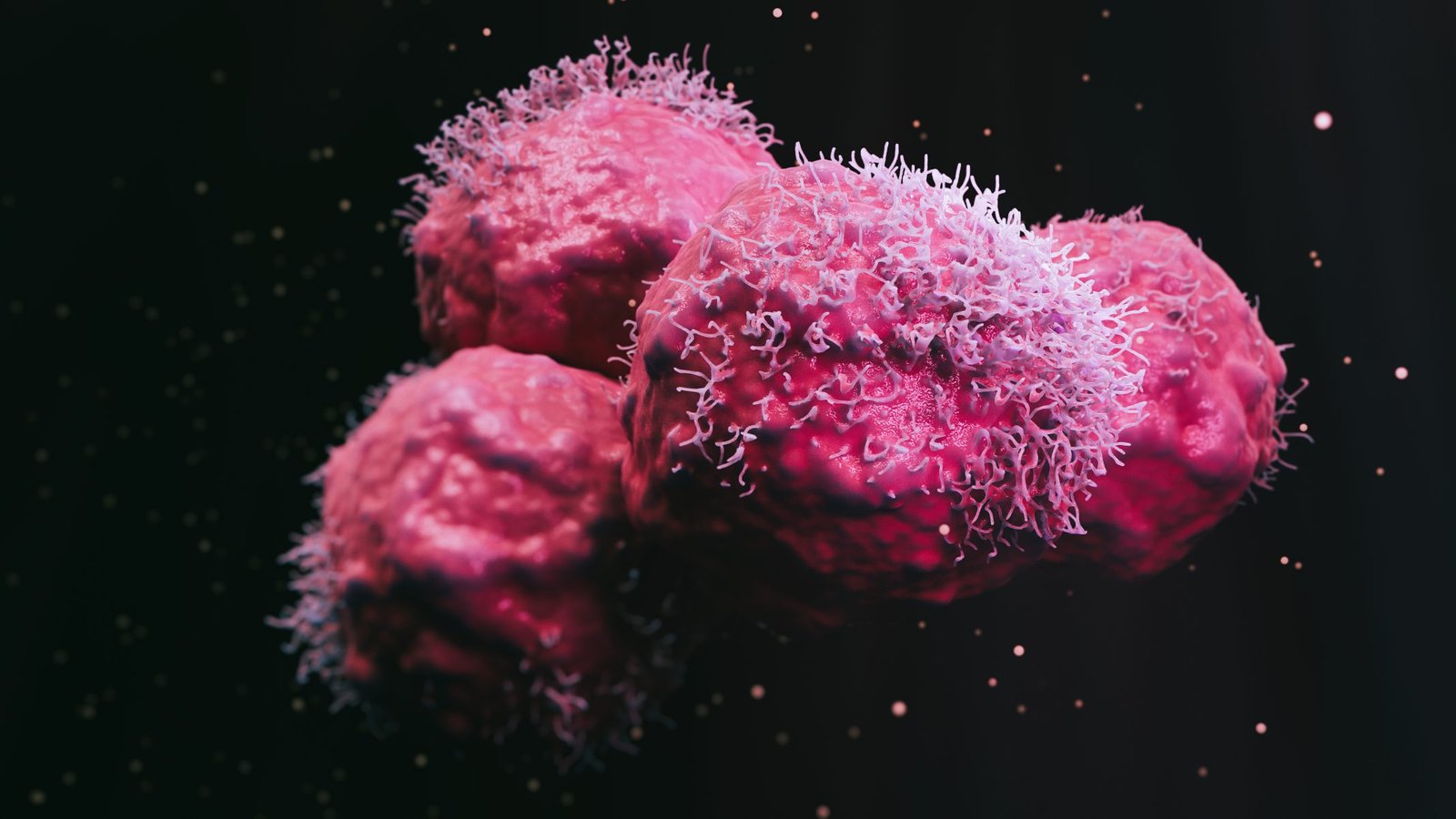The ability to evolve proteins with new or improved functions provides powerful applications for the development of selective, high-affinity antibodies, enzymes with new catalytic properties, and the investigation of resistance mutations in drug targets. Directed evolution, a laboratory process that mimic natural selection, introduces mutations and selects variants with improved function over multiple cycles. However, traditional methods often require time consuming rounds of DNA manipulation and testing.
In a new study published in Science titled, “An orthogonal T7 replisome for continuous hypermutation and accelerated evolution in E. coli,” researchers from Scripps Research Institute have developed a synthetic biology platform, named T7-ORACLE, that accelerates protein evolution thousands of times faster than nature for therapeutic applications in cancer, neurodegeneration, and more.
“This is like giving evolution a fast-forward button,” said Peter Schultz, PhD, president and CEO of Scripps Research and co-corresponding author of the study. “You can now evolve proteins continuously and precisely inside cells without damaging the cell’s genome or requiring labor-intensive steps.”
Systems for continuous evolution, where proteins evolve inside living cells without manual intervention, aim to streamline DNA manipulation by enabling simultaneous mutation and selection with each round of cell division, which is roughly 20 minutes for bacteria. However, existing approaches have been limited by technical complexity or modest mutation rates.
T7-ORACLE circumvents these bottlenecks by engineering E. coli bacteria to host a second artificial DNA replication system derived from bacteriophage T7, a virus that infects bacteria and has been widely studied for its simple and efficient replication system.
In comparison to existing orthogonal replication systems, such as OrthoRep in Saccharomyces cerevisiae and EcORep in E. coli, T7-ORACLE benefits from the combination of high mutagenesis, fast growth, high transformation efficiency, and the ease with which both the E. coli host and the circular replicon plasmid can be integrated into standard molecular biology workflows. By engineering T7 DNA polymerase, a viral enzyme that replicates DNA, to be error-prone, the researchers introduced mutations into target genes at a rate 100,000 times higher than normal without damaging the host cells.
“This system represents a major advance in continuous evolution,” said Christian Diercks, PhD, assistant professor of chemistry at Scripps Research and co-corresponding author of the study. “Instead of one round of evolution per week, you get a round each time the cell divides—so it really accelerates the process.”
To demonstrate proof-of-concept and real-world relevance in antibiotic research, the research team inserted a common antibiotic resistance gene encoding TEM-1 β-lactamase into the system and exposed the E. coli cells to escalating doses of various antibiotics. In less than a week, the system evolved versions of the enzyme that could resist antibiotic levels up to 5,000 times higher than the original.
Diercks notes that the resulting mutations closely matched real-world resistance mutations found in clinical settings. “In some cases, we saw new combinations that worked even better than those you would see in a clinic,” he said.
The broader potential of T7-ORACLE lies in its generalizability as a platform for protein engineering. Researchers can insert genes from humans, viruses, or other sources into plasmids that are introduced into E. coli, a scalable vessel that is widely used in labs.
T7-ORACLE reflects Schultz’s broader synthetic biology goal of rebuilding key biological processes, such as DNA replication, RNA transcription and protein translation, to function independently of the host cell. This separation allows scientists to reprogram these processes without disrupting normal cellular activity.
“In the future, we’re interested in using this system to evolve polymerases that can replicate entirely unnatural nucleic acids: synthetic molecules that resemble DNA and RNA but with novel chemical properties,” said Diercks. “That would open up possibilities in synthetic genomics that we’re just beginning to explore.”
Looking ahead, the research team is focused on evolving human-derived enzymes for therapeutic use and tailoring proteases to recognize specific cancer-related protein sequences.
The post T7-ORACLE Foretells Functional Proteins by Accelerating Evolution appeared first on GEN – Genetic Engineering and Biotechnology News.




